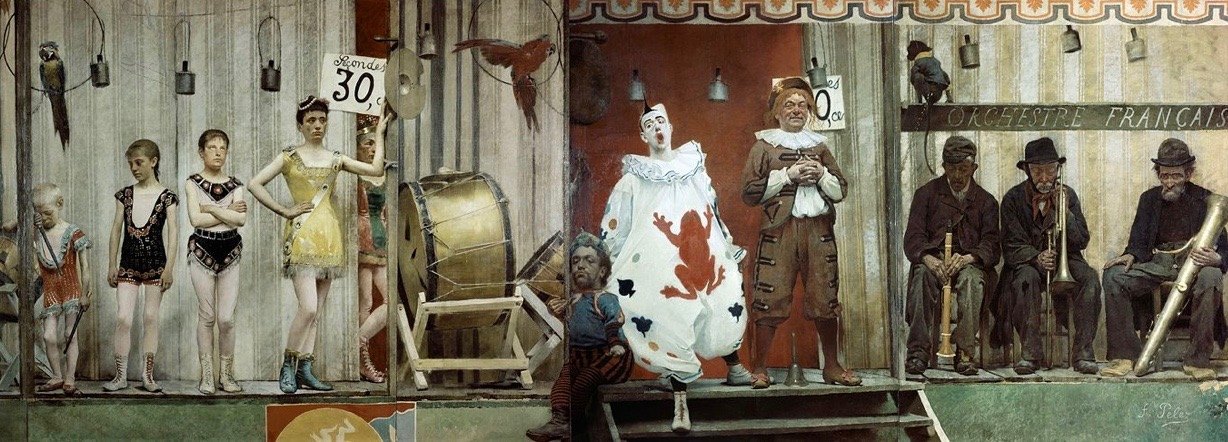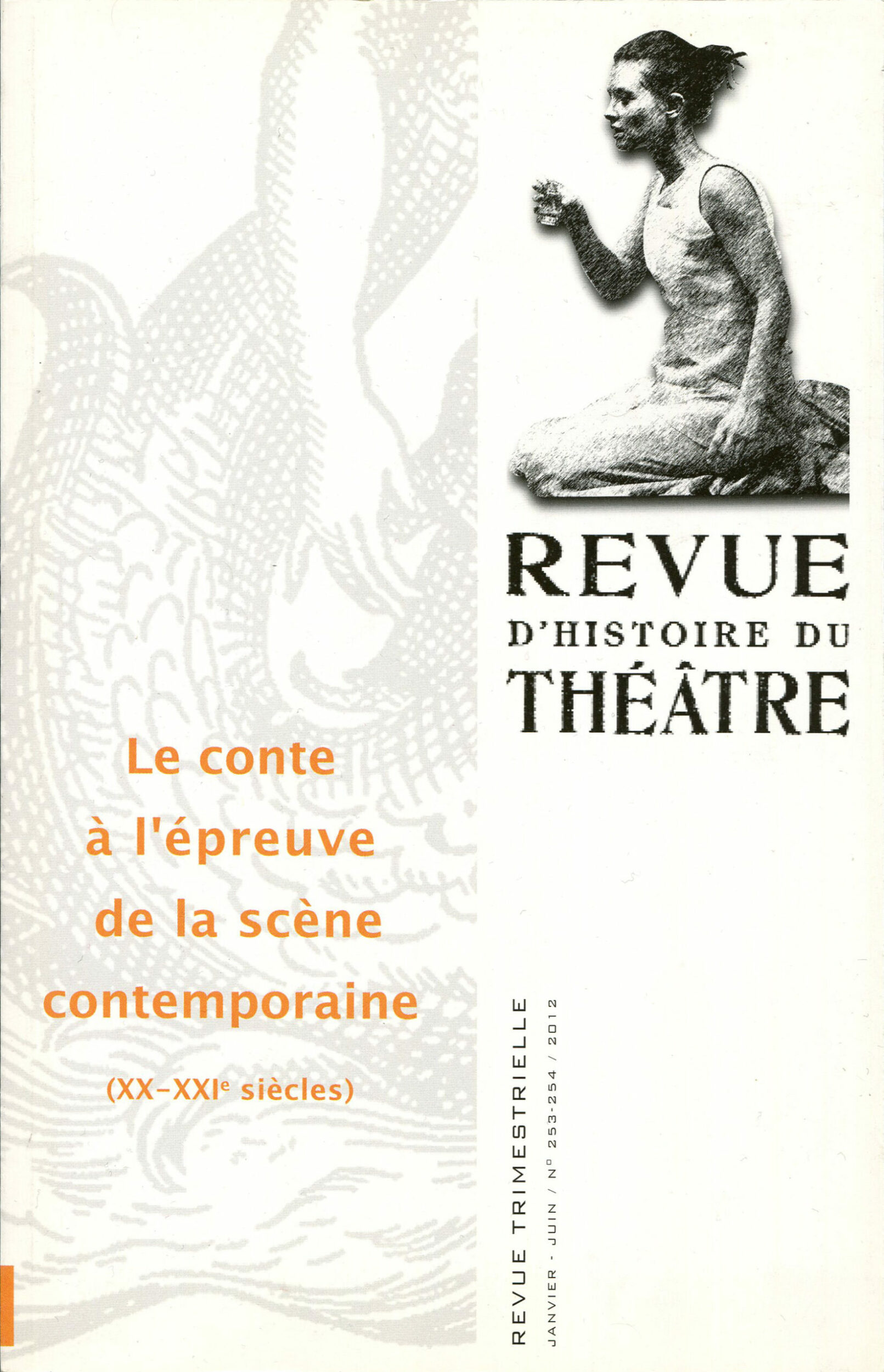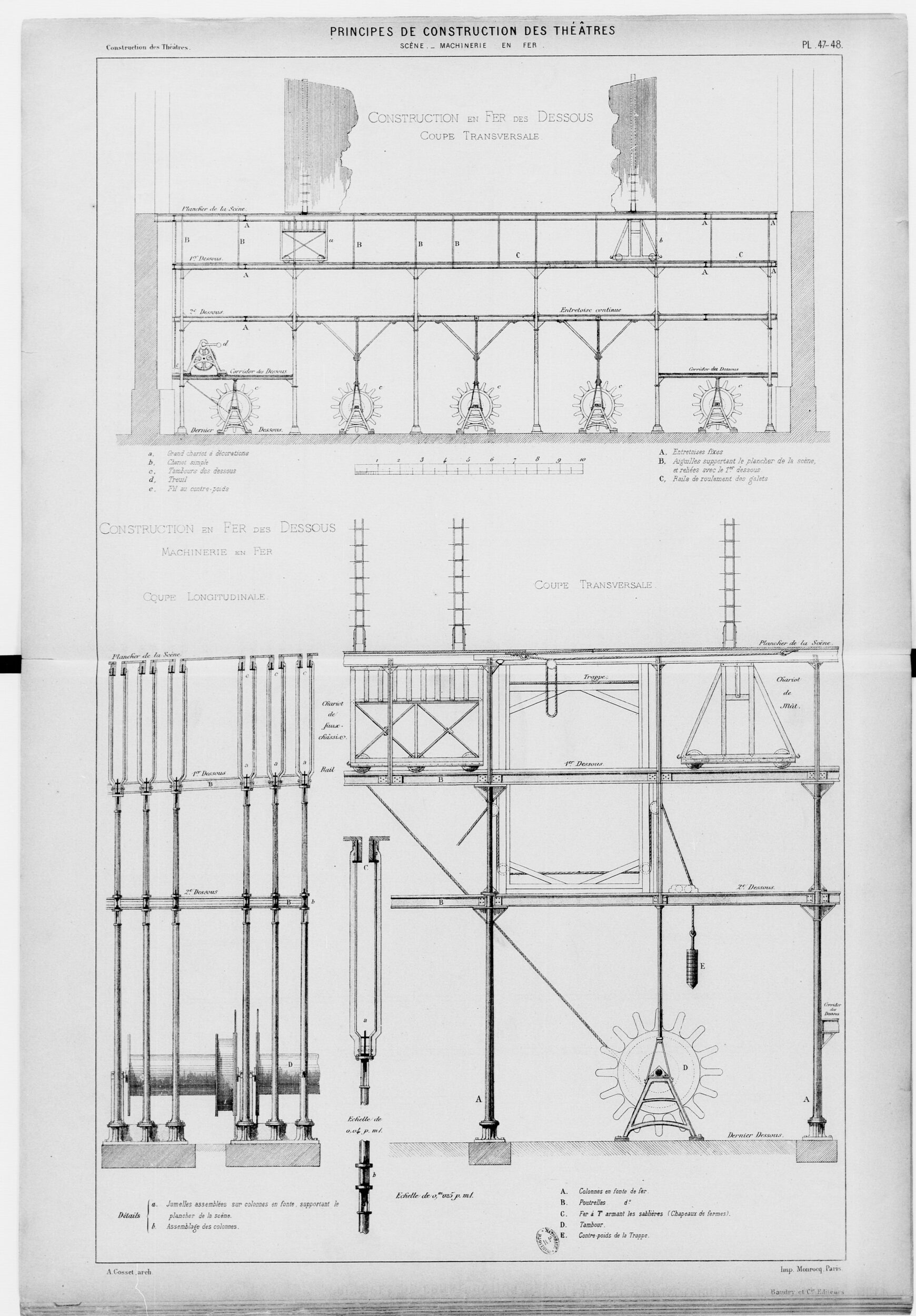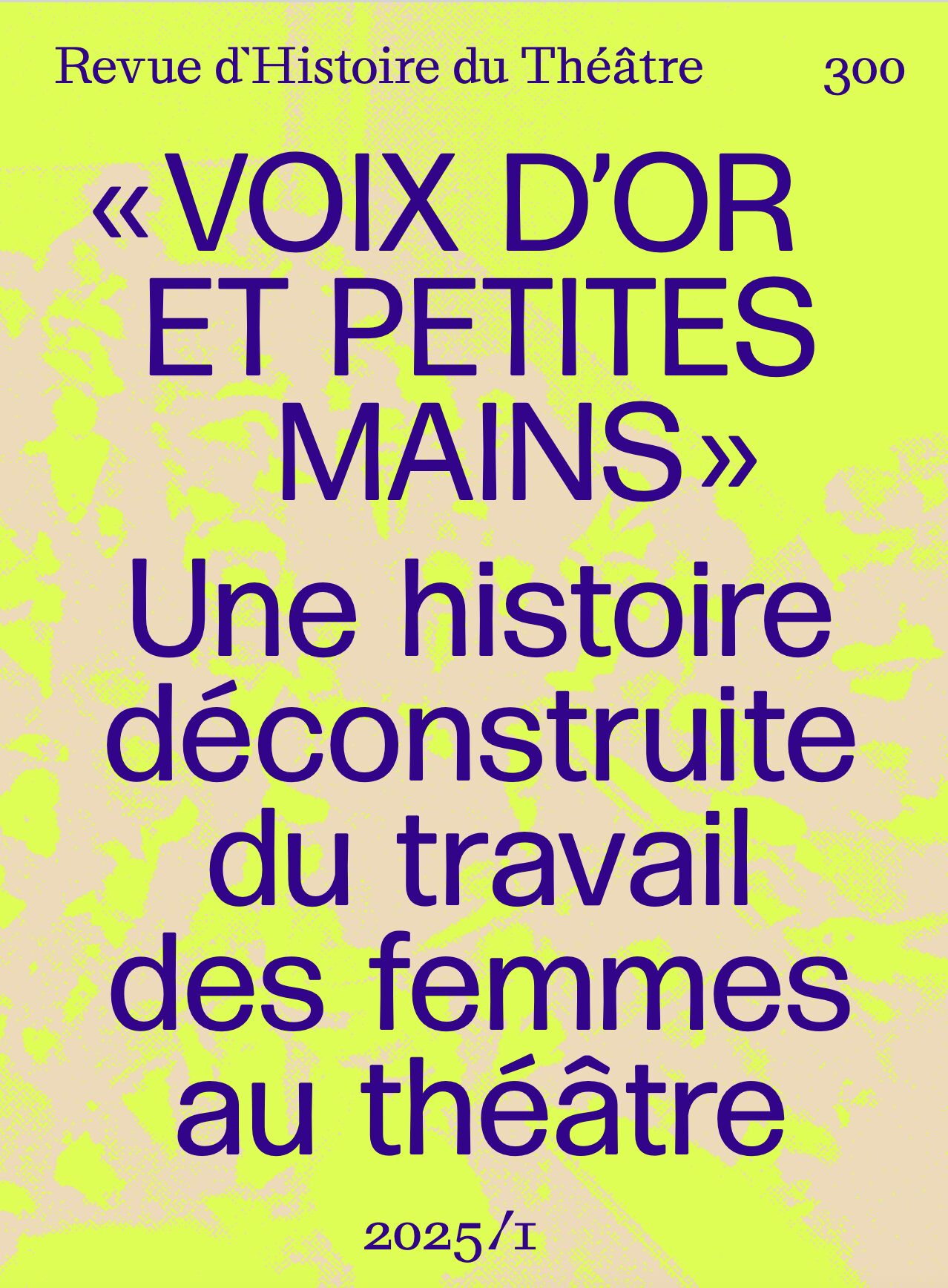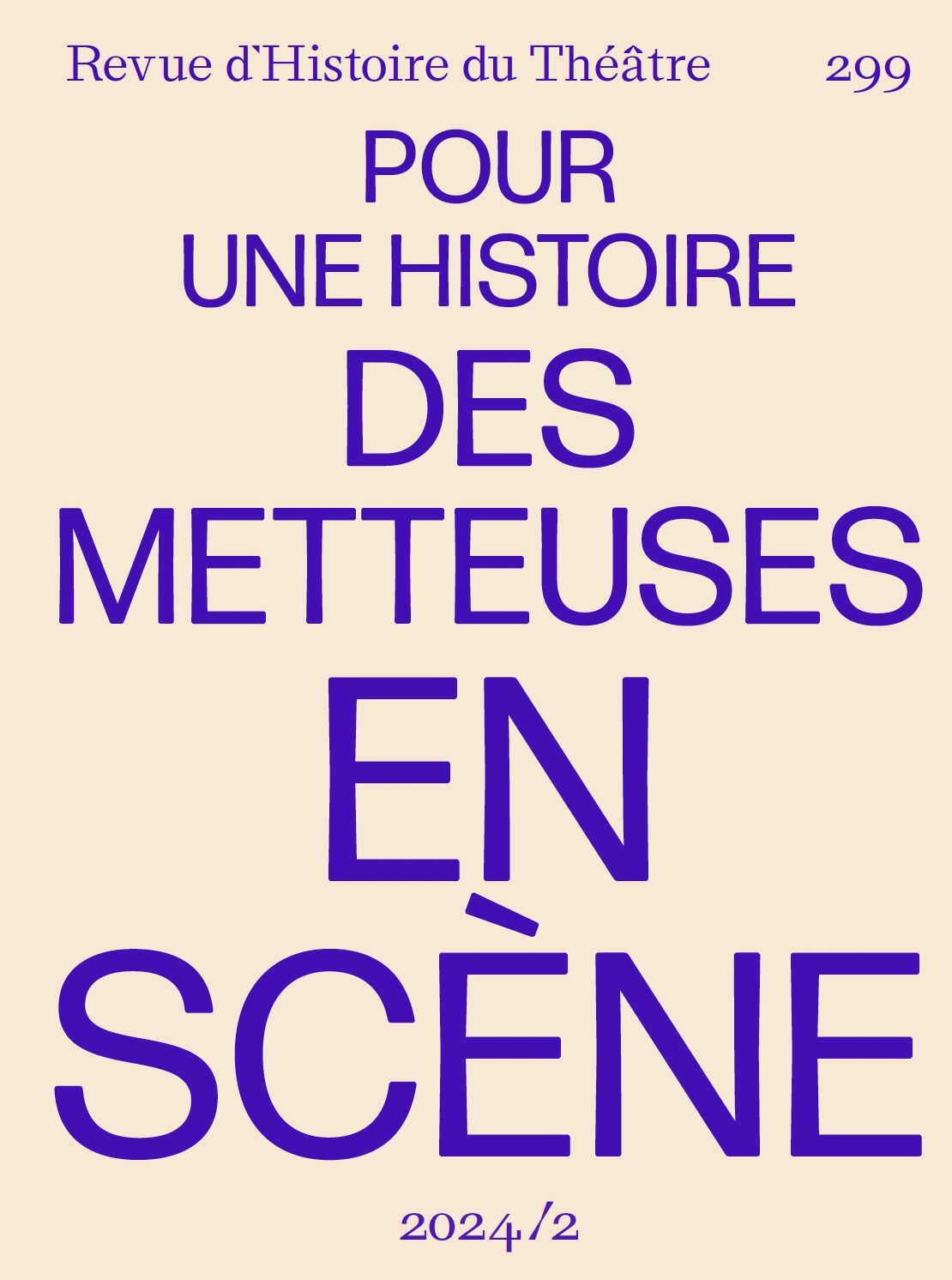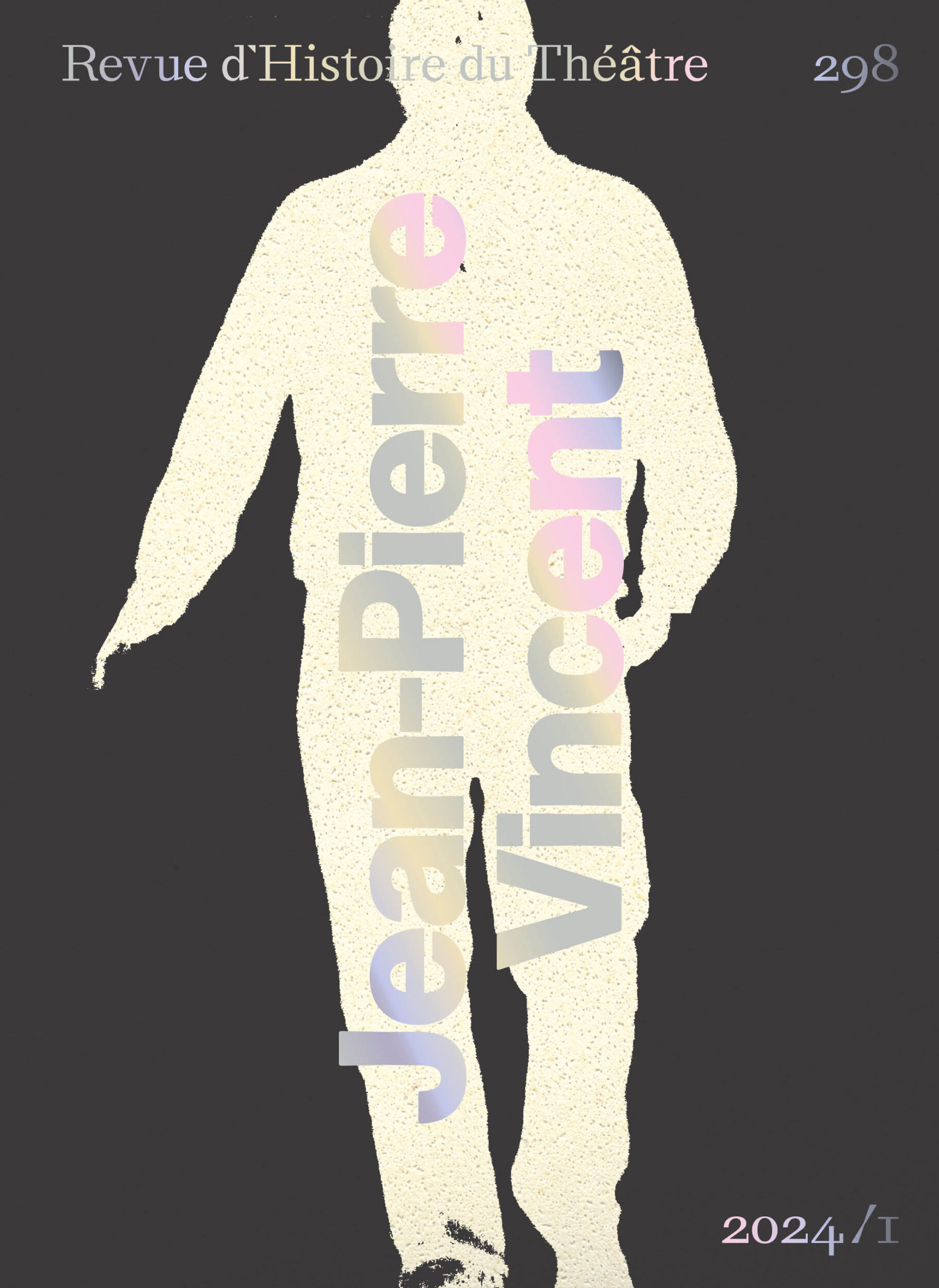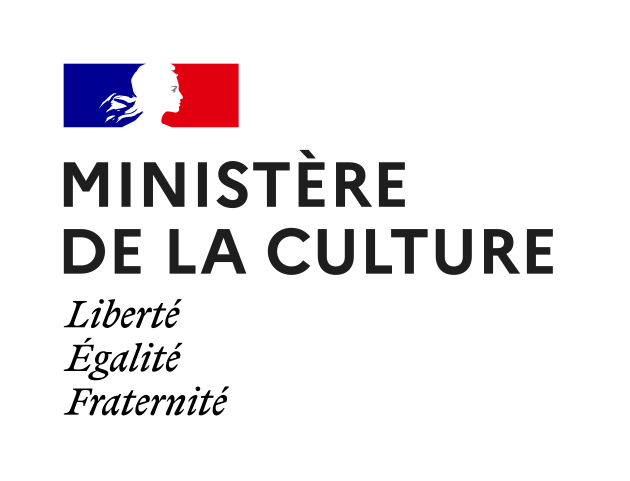Revue d’Histoire du Théâtre • N°253 T1 2012
L’adaptation du conte littéraire ou comment « traduire théâtralement l’histoire ». Autour de l’adaptation chorégraphique de La Petite Sirène
Par Martial Poirson, Marie Potonet, Christophe Ouvrard
Résumé
L’adaptation chorégraphique de La Petite Sirène (2010) par Marie Potonet et Jean-Claude Galotta est l’occasion d’une rencontre entre théâtre et danse, mais aussi avec un « conte d’auteur » qui résiste à la transposition scénique, tout en revêtant une indéniable théâtralité. Engageant à subsumer le théâtre sous le récit, mobilisant sa dimension autobiographique, reléguant l’histoire d’amour impossible au second plan, la dramaturgie concentre l’action sur les relations entre femmes de différentes générations. Elle redonne au conte-source sa pertinence de récit initiatique, mais aussi de fable métaphysique et de mystification-démystifiante. Marie Potonet, dramaturge et metteur en scène, et Christophe Ouvrard, scénographe et costumier, expliquent dans cette table ronde leur rêverie poétique sur la matérialité: elle sollicite aussi bien l’inconscient culturel que la mémoire affective et favorise l’expansion de l’imaginaire en rendant au conte la violence et la brutalité d’un mythe du déchirement intérieur et de l’altérité à soi.
Abstract :
Marie Potonet and Jean-Claude Galotta’s ballet adaptation of The Little Mermaid (2010) is at the crossroads between drama and ballet, and is also a creation which does not stand scenic transposition, although it does partake of a genuine theatricality. Inviting to consider drama and plot together, stressing on autobiographical details, and setting the unrequited love to the side, the dramaturgy concentrates the action on the relationships between women of different generations. It restores the relevance of the original tale as an initiatory narrative, and also a metaphysical tale, and a demystifying mystification. In this panel, Marie Potonet, playwright and director, and Christophe Ouvrard, scenographer and dress-designer, explain their poetic reverie on materiality: it appeals to cultural unconsciousness as much as affective memory and favours the spreading of imagination giving back to the tale the violence and brutality of the myth of inner tensions and self-integrity.
Vous n’avez actuellement pas accès au contenu de cet article. Veuillez vous connecter à votre compte, vous abonner à la revue, ou acheter cet article ou ce numéro pour le visualiser dans son intégralité.
